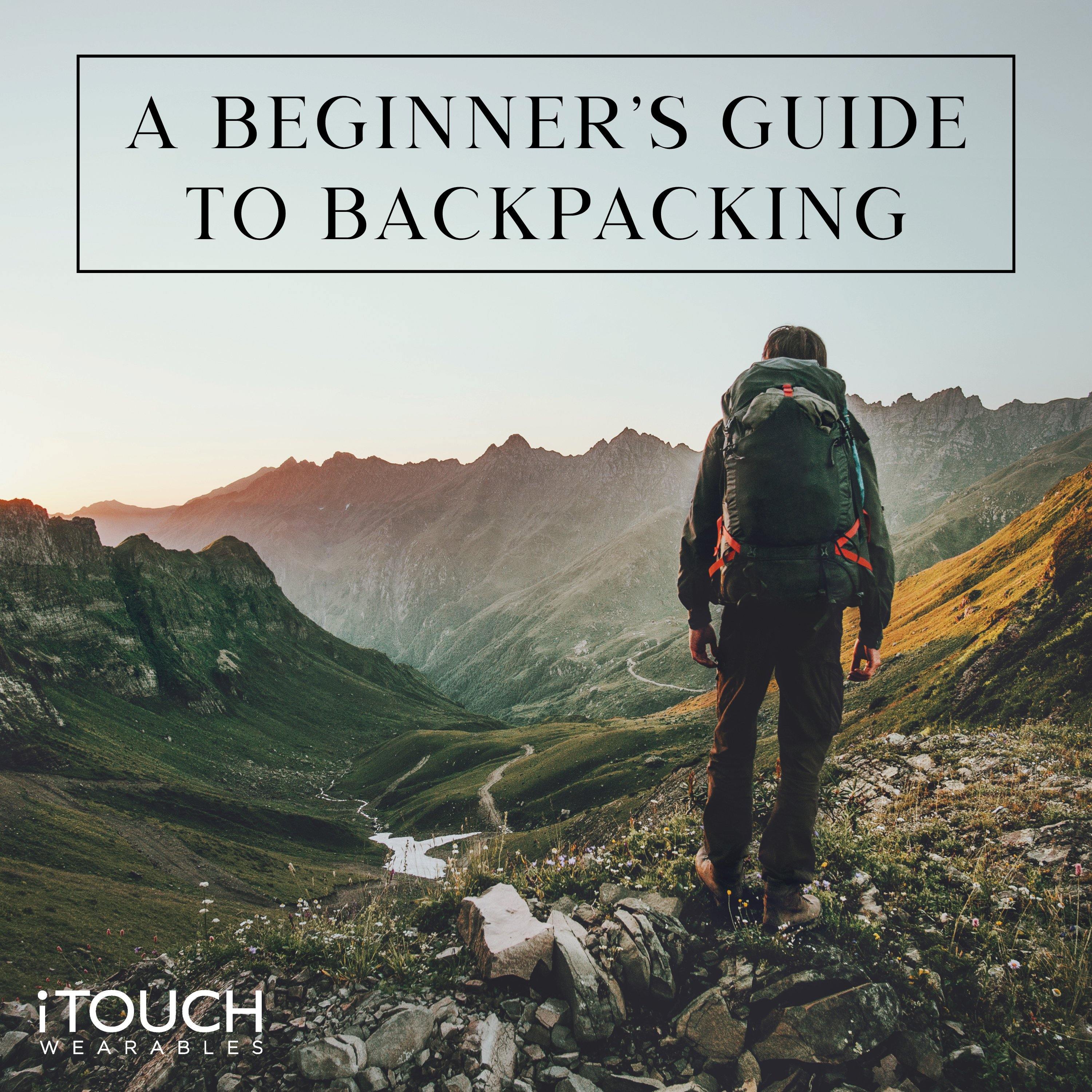
A Beginner's Guide To Backpacking
The great outdoors! It can be quite a beautiful thing - and as many people are living their lives bound to the pavement and the workplace, we often do not get enough of it! So when the time comes and you need a break from all the technology that seems to take over, have you ever thought about backpacking?
About once a year, over 4,000 take an initial stride hike on the nation’s big three trails, such as the Appalachian, Pacific Crest, and Continental Divide Trails. While these are huge commitments, backpacking doesn’t have to be a months-long, bank-account-draining undertaking. For many, backpacking can actually be a great chance to escape the normalities of the real-world - with a bit of time for solitude! If you are curious about going backpacking for yourself, there are definitely many things you should know before hitting the road or trails. Here is your Beginner's Guide To Backpacking:
How To Stay Safe When Backpacking - The Basics

As great as backpacking is, it does come with certain risks that one should know before starting. It is important to know exactly how to handle this situations so you know how to remain safe:
- When starting off with backpacking, it is safe to assume that you’re not going to have cell-phone reception for at least part of your hike. That means if you get lost, it’s going to be up to you to get yourself found - and know that this happens to even the best of hikers. It is best to make sure that you always have an emergency contact who is aware of your intended itinerary. This means when you plan to return, what vehicle you’ll be driving, and who is going with you.
- It is suggested that before you begin your backpacking adventure, you need to invest in a decent compass and maps of your hiking destination, and know how to use both. There are hundreds of sources to check to ensure you get the gear you need, so do not be afraid to do your research!
- And be sure to study guide from the U.S. Forest Service on what to do if you do get lost or find yourself in distress - it is full of incredible tips on how to keep it together when all else fails.
Make Sure You Keep It Simple

When you are ready to plan the initial backpacking trip, it is best to keep it simple - whether it is on the trail or on the campsite. Here are some tips to help you with your decisions:
- Stick To A Trail - State and national parks can be great places for beginners: their trails are usually well marked, and their websites offer user-friendly guidelines for new and experienced hikers alike. For many beginner backpackers, it is recommended staying close to home and choosing paths that are easily accessible with well-indicated trails. Look for routes with low mileage and an easy to navigate terrain. Websites like AllTrails and TrailFinders offer databases that can be searched by zip code or geography, and regional trail conservancies are also great resources.
- Searching For Campsites - Consider using a camp as a base for your weekend adventures if you are feeling tired after a few miles on the trail. For weekend hikes, this might mean hiking in and establishing a base camp on Friday night, which then allows you to day-hike on Saturday with a much smaller pack and return to your tent and sleeping bag that evening.
The Essentials For Backpacking

Once you’re ready to invest in your own gear, you need to determine where and how you’re going to regularly hike. This means considering different climates and trip lengths - as these will call for different gear. For example, many sleeping bags are labeled by the minimum temperature an average sleeper will be comfortable, meaning that a compressible 20-degree bag will work for many people for three seasons. However, many people may prefer crawling into a tent at night, in a bivy sack, or even a hammock.
Other essential items include:
- Basic First-Aid Kit
- Sunscreen and Bug Spray
- Moleskin or Duct Tape for Blisters
- Mylar Emergency Heat Blanket
- Reliable Headlamp with Fresh Batteries,
- Whistle
- Waterproof lighter or Matches
- Collapsible Knife or Multitool
How To Pack Correctly

When it comes to packing these essentials, consider how the pack itself is designer. For starters, modern-day backpacks are designed with waist belts that distribute the weight of a pack to your hips and lower body, where our real core strength lies. Keep heavy items, like water, heating fuel, and food, low in the main pouch of the pack, and place light items, like a down coat or sleeping bag, higher in the back. The most essential items, like maps, snacks, a cell phone, and at least one water bottle, should be kept in an external pocket where they can easily be reached.
The bottom line is that practice makes perfect - on your first backpacking adventure, expect that it may not go exactly how you want it. While this is just the start when it comes to backpacking, there is much more to consider before you hit the trails. Continue to do your research, and always plan ahead! Happy trailing!
Share with us where you would go backpacking by tagging us on Instagram @itouchwearables and Facebook @itouchwearables. Also, be sure to check out our new articles published daily!
Don't forget to check out our collections of affordable smartwatches (including the iTouch Air 2), fitness trackers (such as the iFitness Pulse), and smartwatch accessories.
-Patrick


